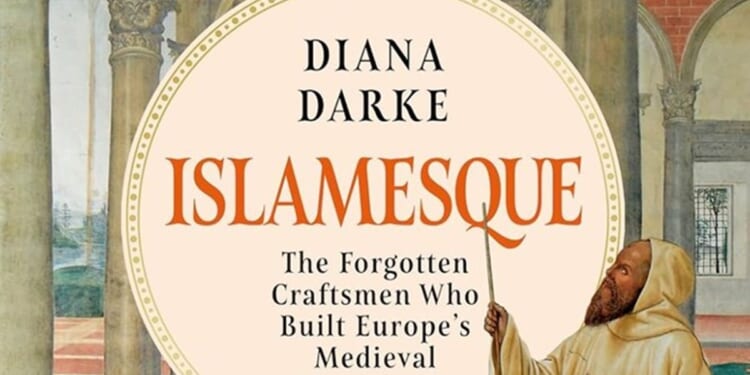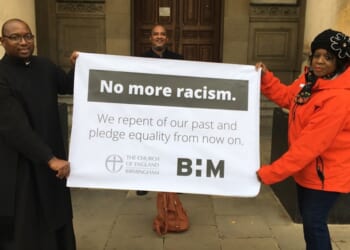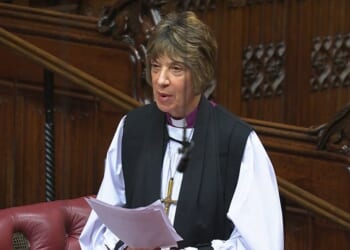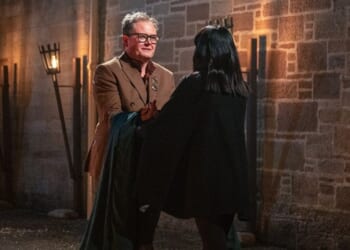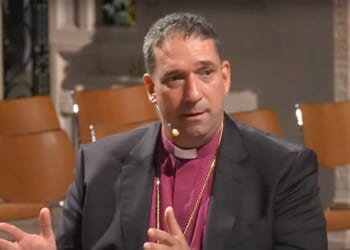NEARLY 30 years ago, dendrochronologists working on the roof of Salisbury Cathedral made a remarkable discovery. Not only did they find that some ancient beams were made of wood grown overseas; they also found that a few were incised with Arabic numerals. As the roof dated from the 1220s, when Roman numbering was universally employed in England, this opened up the wonderful possibility that an icon of Englishness had in fact been built with Irish oak and constructed by foreign carpenters.
We still have no idea who those people were. But Diana Darke would like them to be Islamic. After her Stealing from the Saracens (Books, 5 February 2021), in which she argued that Gothic architecture was invented by the Muslim world, she has travelled further back to claim that the same is true about the Romanesque. The round arches and solid walls, the crude and often comic carving of a style that the English term “Norman” — all these, she asserts, should really be termed Islamesque.
 AUTHOR’S PHOTOCastle Acre Priory: Diana Darke traces a link to “Ulmar the mason”. From the book
AUTHOR’S PHOTOCastle Acre Priory: Diana Darke traces a link to “Ulmar the mason”. From the book
In truth, compelling evidence for such an argument is lacking. Even the Salisbury beams are not quite the smoking gun that Darke needs to prove her point. There are around two dozen examples of medieval woodworkers using Arabic numerals in England. In only one instance can we link such carvings to a name: at the chapel of King’s College, Cambridge, where the master carpenter responsible was Richard Russell, an impeccably English figure, who just happened to employ Arabic numbers. Now, this does not mean that those craftsmen at Salisbury Cathedral 300 years earlier were definitely not Muslims. It shows, rather, how hard it might be to prove that they were.
But, if the underlying argument of the book is exaggerated, this is nevertheless a beautifully well-illustrated and fervently argued piece of writing. More importantly, it helps to draw attention to something widely accepted by scholars but apparently less well known to those outside academia. Much of what we look at as fundamentally national architecture is in fact part of a broader picture. Indeed, Darke’s emphasis on Islamic influences is only a partial explanation. A fuller account would note the importance of Byzantine architecture and Germano-Celtic art on the style that became known as Romanesque.
A more radical study might question whether style matters in the way that 19th-century nationalists believed that it did. Neither “Romanesque” nor “Islamesque”, perhaps a new word altogether is needed to account for this protean phenomenon.
The Revd Dr William Whyte is Fellow and Tutor of St John’s College, Oxford, and Professor of Social and Architectural History in the University of Oxford.
Islamesque: The Forgotten craftsmen who built Europe’s medieval monuments
Diana Darke
C. Hurst & Co. £25
(978-1-80526-097-4)
Church Times Bookshop £22.50

